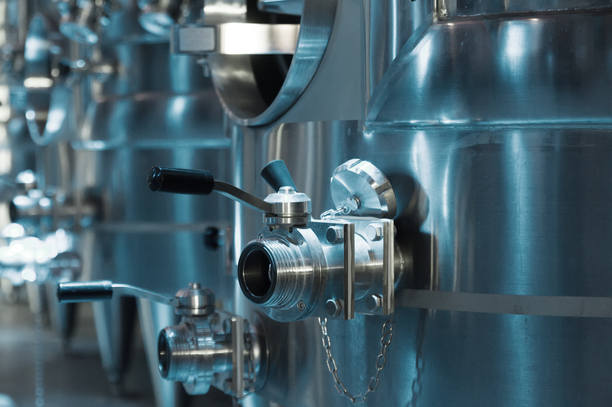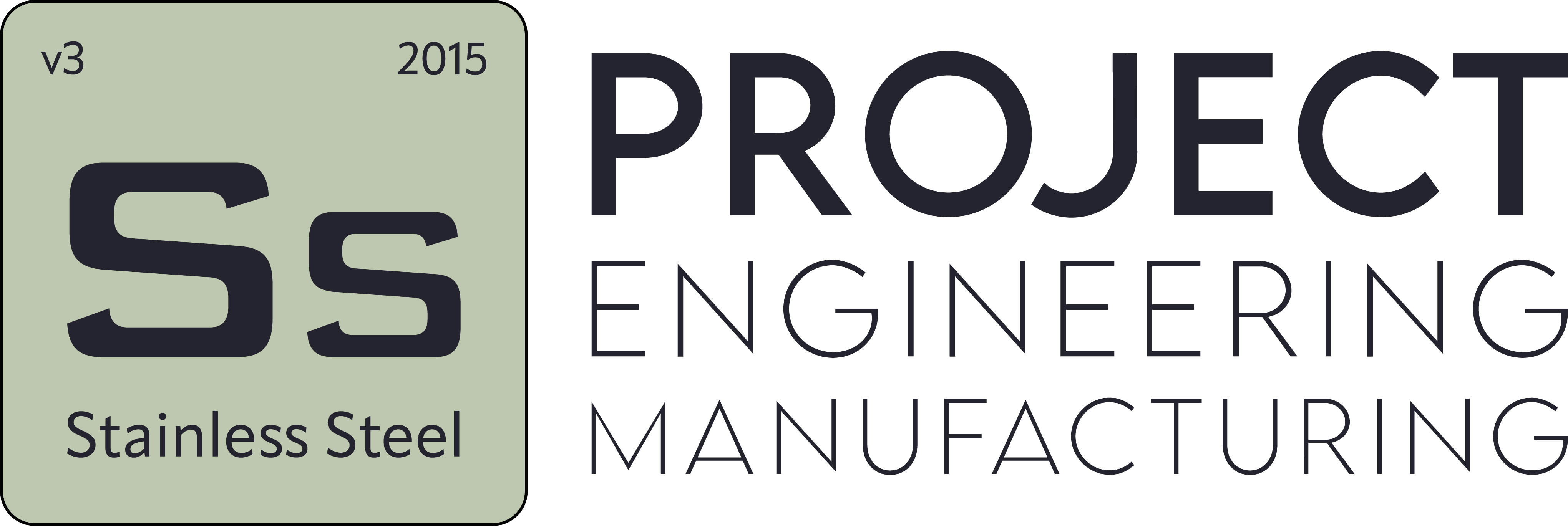Hygienic Stainless Steel Plumbing
- Blog
- Hygienic Stainless Steel Plumbing
Hygienic Stainless Steel Plumbing
What is Hygienic Stainless Steel Piping and Where is it Used?
Hygienic stainless steel piping is a specialized piping system used in production processes that directly affect human health, designed to prevent microbiological contamination. The stainless steel pipes used in these systems are selected for their high surface smoothness, strong corrosion resistance, and full compatibility with cleaning processes. In particular, AISI 304 and 316L grade stainless steel are commonly preferred in hygienic piping systems.
These piping systems are supported by techniques such as orbital welding, special gaskets, hygienic connection components, and automatic cleaning systems (CIP) to meet high hygiene standards while providing a long-lasting and leak-proof system. The primary goal is to prevent residue accumulation on inner surfaces, ensure smooth fluid flow, and eliminate bacterial growth.
Hygienic stainless steel piping is widely used in the following areas:
Food and beverage production facilities
Pharmaceutical and biotechnology industry
Cosmetics production facilities
Healthcare and medical product manufacturing
Chemical and cleaning product manufacturing
As SS Proje, we design and implement stainless steel piping systems that meet the high hygiene requirements of these sectors in accordance with international standards. Our goal is to make our clients’ production processes safe, hygienic, and sustainable.
What Are the Advantages of Stainless Steel for Hygienic Piping?
Stainless steel is one of the most preferred materials for hygienic piping systems. Its use in sectors such as food, pharmaceuticals, cosmetics, and healthcare, which require high hygiene standards, stands out due to its technical performance and health-related benefits.
Here are the main advantages of stainless steel for hygienic piping:
Corrosion Resistance: It exhibits high resistance to acidic and alkaline environments, ensuring long-term use without degradation against cleaning chemicals.
Smooth Surface Structure: Its glossy, non-porous surface prevents microbial and bacterial adhesion, facilitating hygienic cleaning.
Ease of Cleaning: Fully compatible with CIP (Clean-In-Place) and SIP (Sterilize-In-Place) systems, reducing cleaning time and ensuring production continuity.
Temperature and Pressure Resistance: Maintains its structure under high temperatures and pressures, resulting in a safe and efficient production process.
Mechanical Durability: Resistant to external factors such as impact, abrasion, and vibration, extending the lifespan of the piping system.
Food and Pharmaceutical Compliance: Complies with international hygiene standards such as FDA, ASME BPE, 3-A, containing no substances harmful to human health.
As SS Proje, we maximize the benefits of stainless steel, implementing hygienic piping projects that are safe, sustainable, and compliant with standards.

Which Types of Stainless Steel Are Preferred in Hygienic Piping?
In hygienic piping, AISI 304 and AISI 316L stainless steel types are generally preferred. Below is a brief overview of their properties and why they are chosen:
AISI 304 Stainless Steel: The most commonly used stainless steel type, it is corrosion-resistant, easily workable, and cost-effective. It is widely used in food and beverage sectors for standard hygienic applications.
AISI 316L Stainless Steel: Offers higher corrosion resistance, particularly in environments with chlorides or aggressive chemicals. It is commonly used in pharmaceutical and biotechnology sectors with more stringent hygiene requirements. The “L” indicates low carbon content, reducing corrosion risks post-welding.
Both types have smooth, non-porous surfaces that prevent microbial adhesion, are easy to clean, and comply with international hygiene standards.
We select the most suitable stainless steel type for your projects based on the application and environmental conditions, designing systems to these standards.
How Are Stainless Steel Pipes Joined in Hygienic Piping?
The joining of stainless steel pipes in hygienic piping is critical for ensuring the system’s hygiene, leak-proof nature, and durability. The most common and preferred method is the orbital welding process. In this method, pipes are automatically welded using specialized machines, resulting in a smooth, crack-free, and non-porous weld seam. This prevents bacterial and dirt accumulation, facilitating cleaning.
Additionally, Tri-Clamp clamp connections, frequently used in hygienic piping, enable fast and secure pipe joining. This connection method allows for easy disassembly and reassembly during maintenance and cleaning. While threaded or flanged connections may be used in some cases, extra attention must be paid to leak-proofing and hygiene conditions in these methods.
Polishing the inner surfaces after welding is a critical step to prevent microbial adhesion and ensure hygiene standards. As SS Proje, we use the most appropriate joining methods to provide long-lasting and hygienic solutions for your piping systems.
What Advantages Do Weldless Stainless Steel Connections Offer?
Weldless stainless steel connections offer significant advantages in hygienic piping systems, both in terms of ease of installation and maintenance practicality. These connections allow pipes to be joined using specialized components without welding. Examples include Tri-Clamp (clamped), compression, and flanged systems.
The primary advantage is their removable structure, which allows for easy maintenance, cleaning, and component replacement. This ensures uninterrupted production and facilitates regular hygiene checks. Additionally, weldless systems avoid inner surface irregularities that may occur during welding, reducing bacterial accumulation risks and enhancing hygiene levels.
Weldless connections also preserve the material’s structural integrity by avoiding heat exposure, eliminating deformation risks. This contributes to the system’s longevity.
As SS Proje, we integrate weldless system solutions into projects as needed, making installation and maintenance processes more practical. This ensures both hygiene standards and adds flexibility to your production processes.
How is Cleaning Achieved in Stainless Steel Piping Systems?
Cleaning in stainless steel piping systems is critical for maintaining the system’s hygienic structure and preventing microbial contamination. The most commonly used cleaning method is CIP (Clean-In-Place), a closed-loop system that cleans inner surfaces automatically without disassembling the piping.
In the CIP system, hot water, chemical solutions, and rinse water are circulated through the piping at specific temperatures and pressures. This process removes residues, oils, proteins, and microorganisms from the inner surfaces of the pipes. The smooth, non-porous structure of stainless steel ensures that cleaning agents are evenly distributed across all surfaces, leaving no residues.
In some cases, manual cleaning (SIP – Sterilize-In-Place) may be preferred. In this method, specific system components are disassembled for detailed manual cleaning, typically applied to hard-to-reach or specialized areas.
As SS Proje, we prioritize CIP compatibility in the stainless steel piping systems we install, designing and assembling systems to maximize cleaning efficiency. This ensures both hygiene and operational continuity.
Why is Stainless Steel Use Important in the Food and Pharmaceutical Sectors?
The use of stainless steel in the food and pharmaceutical sectors is essential for ensuring product safety and maintaining hygiene standards. Materials used in these sectors must not cause chemical reactions that threaten human health during production, must not promote microbial contamination, and must be easily cleanable. Stainless steel is one of the few materials that meets all these criteria.
Its smooth, non-porous surface prevents bacterial adhesion, and its full compatibility with CIP and SIP systems allows for effective cleaning without disassembling the production line. Additionally, stainless steel is highly resistant to temperature changes, cleaning chemicals, and corrosive substances, ensuring uninterrupted and safe production processes.
As SS Proje, we leverage the advantages of stainless steel to provide hygienic piping solutions in the food and pharmaceutical sectors. Our system designs and implementations, compliant with international standards, support production safety and ensure businesses fully meet legal and sectoral requirements.


